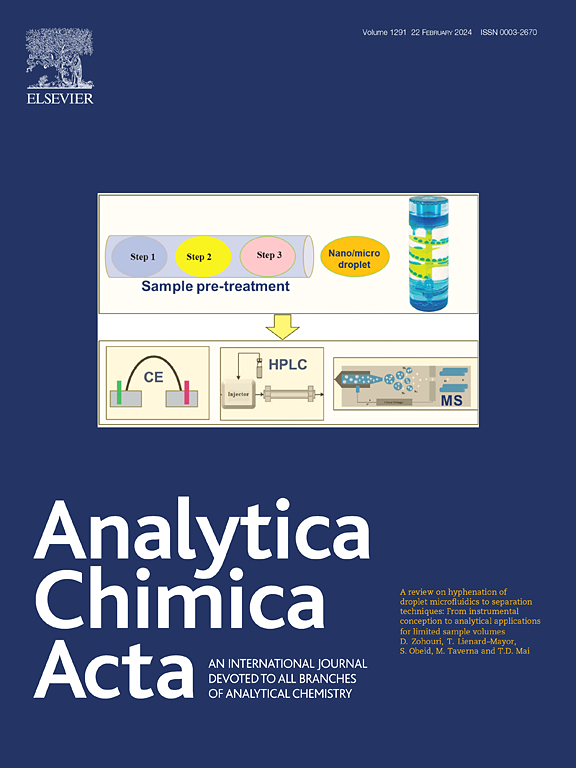PCR-based SNP genotyping: A comprehensive comparison of methods for affordable and accurate detection of class IV mutations
IF 5.7
2区 化学
Q1 CHEMISTRY, ANALYTICAL
引用次数: 0
Abstract
Single nucleotide polymorphisms (SNPs) influence gene function and impact health and disease. Identifying and genotyping SNPs is crucial in various areas of research and applications. This study compared five PCR-based methods for detecting a challenging T-to-A SNP, rs9939609: ARMS-PCR, PIRA-PCR, TaqMan qPCR, CADMA with HRM, and HRM, using snapback primers. Sanger sequencing served as the gold standard.
Five assays were designed and compared for genotyping rs9939609. Performance was evaluated based on affordability, ease of use, robustness, and sensitivity. Melting curve analysis was used for the CADMA and snapback primer HRM assays.
All methods successfully genotyped the rs9939609 variant. ARMS-PCR was the simplest and most cost-effective method but was potentially less sensitive. PIRA-PCR offered increased sensitivity but required specific restriction enzymes, increasing cost and complexity. TaqMan qPCR was fast and sensitive but expensive due to probe requirements. The combination of CADMA with HRM balanced affordability and speed with good sensitivity and applicability to standard qPCR platforms. The snapback primer HRM offered high sensitivity but required longer assay times and careful optimization.
CADMA emerged as the most balanced method, combining affordability with sensitivity and comparable to that of Sanger sequencing and TaqMan qPCR. Its effectiveness for challenging mutations and compatibility with standard qPCR platforms make it a practical choice for various laboratories. Each method offers trade-offs in cost, sensitivity, and complexity, catering to specific research and diagnostic needs. Future advancements may further refine these techniques for broader application.


求助全文
约1分钟内获得全文
求助全文
来源期刊

Analytica Chimica Acta
化学-分析化学
CiteScore
10.40
自引率
6.50%
发文量
1081
审稿时长
38 days
期刊介绍:
Analytica Chimica Acta has an open access mirror journal Analytica Chimica Acta: X, sharing the same aims and scope, editorial team, submission system and rigorous peer review.
Analytica Chimica Acta provides a forum for the rapid publication of original research, and critical, comprehensive reviews dealing with all aspects of fundamental and applied modern analytical chemistry. The journal welcomes the submission of research papers which report studies concerning the development of new and significant analytical methodologies. In determining the suitability of submitted articles for publication, particular scrutiny will be placed on the degree of novelty and impact of the research and the extent to which it adds to the existing body of knowledge in analytical chemistry.
 求助内容:
求助内容: 应助结果提醒方式:
应助结果提醒方式:


